Ecobeautify.com – Hey besties! Let’s talk about one of the most frustrating topics in the eco-conscious world. If you’ve ever found yourself asking, “what is greenwashing in beauty?” you are definitely not alone. It’s that awful, sinking feeling you get when you buy a product with a pretty green leaf on the bottle, only to get home and find out the ingredients are… not it.
It’s a sneaky marketing tactic, and is my skincare lying to me? It’s a question I ask all the time. As your trusted beauty bestie, my mission is to arm you with the facts so you can spot the fakes. Let’s get into it.
Daftar Isi
So, What is Greenwashing in Beauty, Exactly?
Let’s start with a clear definition, because this is the most important term in our eco-journey.
What is greenwashing in beauty? It’s a sneaky marketing tactic where a company spends more time, money, and effort pretending to be eco-friendly, sustainable, or “natural” than actually being any of those things.
They use sustainable beauty marketing buzzwords to trick you, the conscious consumer, into buying their product. It’s all vibe, no action. But not on our watch.
How to Spot Greenwashing: My Top 5 Red Flags
I’ve learned to spot these tricks from a mile away. Once you see them, you can’t unsee them. Here are the most common greenwashing examples I see every single day.
Red Flag #1: Vague & Fluffy Language
This is the most common trick. Brands use words that sound good but have no actual, legal definition.
- What it looks like: “Eco-Friendly,” “All-Natural,” “Earth-Friendly,” “Pure,” “Clean.”
- Why it’s a flag: These words mean nothing without proof. “Eco-friendly” compared to what? Dumping toxic waste directly into a river? A product can be “all-natural” and still be totally unsustainable or unethical.
- My Tip: Look for specifics. Instead of “eco-friendly,” I want to see “Made with 90% PCR plastic” or “Packaged in a 100% compostable box.”
Red Flag #2: The “Pretty Nature” Packaging
I’ve fallen for this one, NGL. Brands know that we associate certain visuals with being green.
- What it looks like: A plastic bottle packaged in a cardboard-brown box. Green leaf illustrations everywhere. Pictures of the rainforest. A bamboo-print cap on a plastic tube.
- Why it’s a flag: This is a visual trick. They want you to feel the product is earthy, even if the formula is full of questionable synthetics or the company’s supply chain is a mess.
- My Tip: Ignore the pretty leaves. Turn the bottle around and read the actual ingredient list and recycling symbols.
Red Flag #3: Highlighting One “Good” Thing to Hide 99 Bad Ones
This is so sneaky! This is when a brand shouts about one tiny green thing they did to distract you from all the not-green things.
- What it looks like: “Now in a bottle with 20% less plastic!” (But the brand still tests on animals). Or “Our formula is vegan!” (But the parent company is a notorious polluter).
- Why it’s a flag: It’s a classic magician’s trick. Look over here! Don’t look at the other, much bigger problems.
- My Tip: Look at the whole brand, not just one product claim.
Red Flag #4: Fake or Irrelevant “Eco-Friendly” Logos
This one makes me the most angry. Brands will literally invent their own “eco” logos to look official.
- What it looks like: A little bunny that says “Kind to Animals” (but it’s not the official Leaping Bunny logo). A custom leaf logo that says “Certified Earth-Kind” (certified by… who? Themselves?).
- Why it’s a flag: They are trying to look like they have a third-party certification, which is the gold standard for trust.
- My Tip: Learn the real logos. Look for the official Leaping Bunny, Certified Vegan (from the Vegan Society), Ecocert, or Fair Trade Certified logos.
Red Flag #5: The “Clean Beauty Red Flags”
This one is subtle. As we learned in our clean vs green beauty post, “clean” is also an unregulated term.
- What it looks like: A product that screams “Paraben-Free!” or “Sulfate-Free!”
- Why it’s a flag: This can be a form of greenwashing. Sometimes, a product will shout “Paraben-Free!” but they’ve replaced the parabens with a different preservative that is just as irritating or sketchy. Or, they’ll label a product “Sulfate-Free” when that product type (like a face oil) would never contain sulfates anyway. It’s a claim designed to sound healthy, but it’s meaningless.
- My Tip: Don’t just read the “free-of” list. Read what’s in the product.
So, What Can We Do? Be a Green-Detective!
Okay, I know that was a lot. But now you have the power! You’re not going to be fooled by sneaky sustainable beauty marketing anymore.
When you shop, just remember this:
- Turn the Bottle Around: The front is marketing. The back is facts.
- Ask for Receipts: Don’t trust “eco-friendly.” Demand specifics. How is it eco-friendly?
- Look for REAL Certifications: Your best friends are the official, third-party logos.
We’re building a community of smart, conscious consumers here. We demand transparency, and we vote with our wallets.
Have you spotted any of these red flags in the wild? Share the greenwashing examples you’ve seen in the comments. Let’s expose the baddies together!
XOXO, Your greenie bestie!
P.S. Remember, being a conscious consumer is a journey. Don’t be hard on yourself if you’ve been fooled. We all have! Now we just know better. 😘



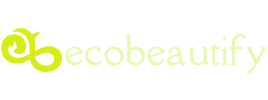


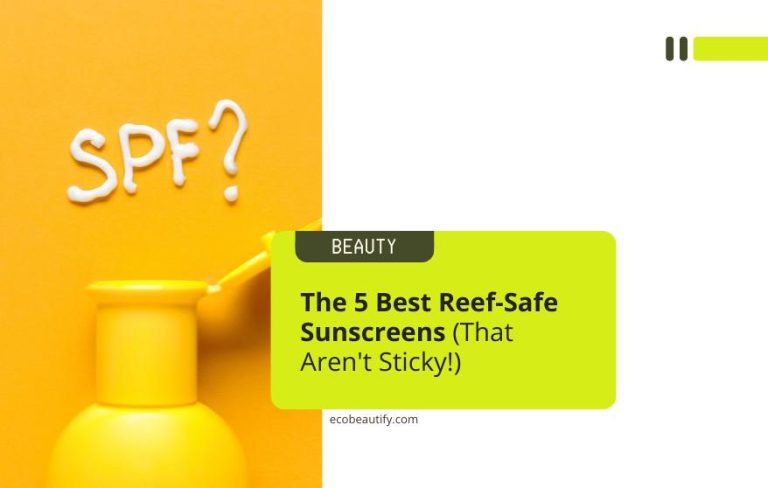
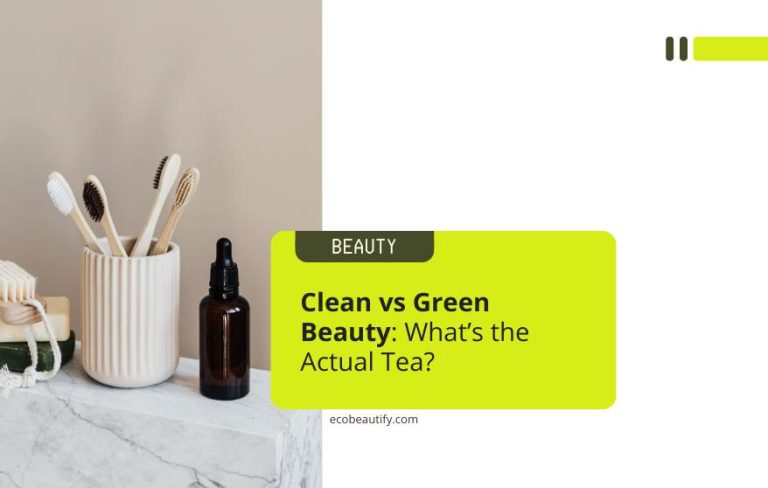
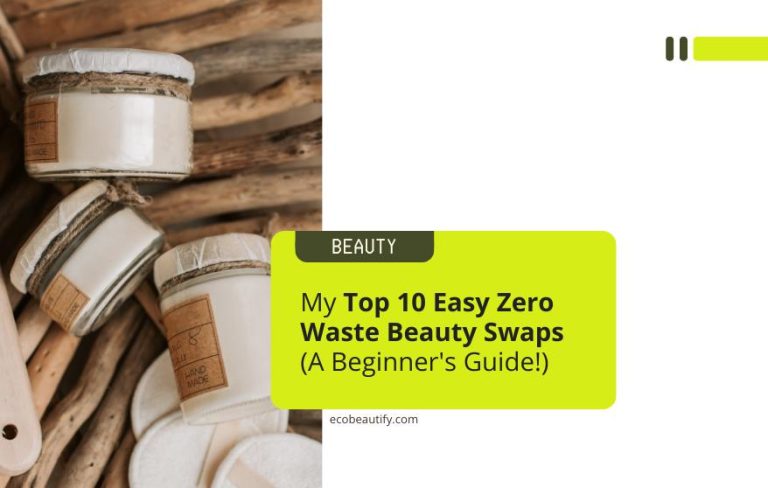
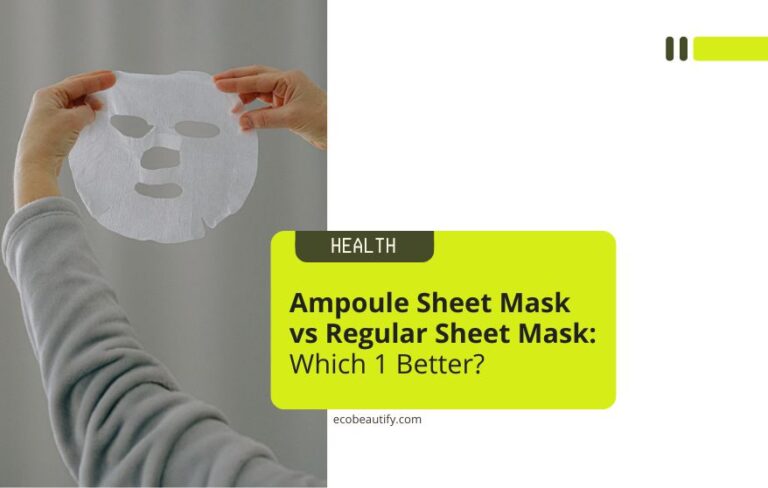



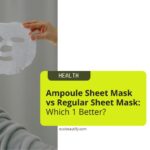

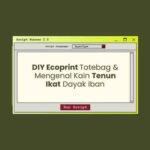

Tinggalkan Balasan